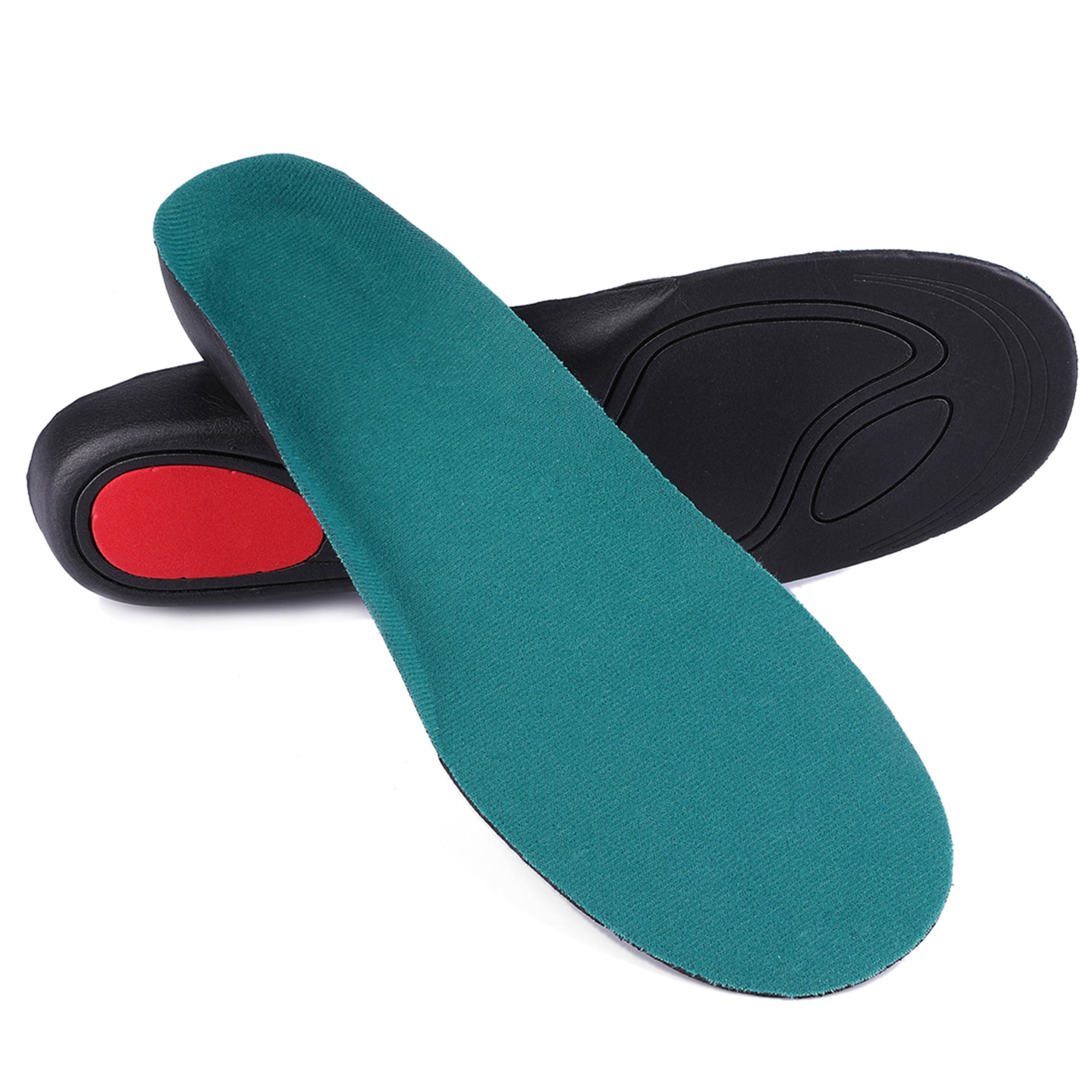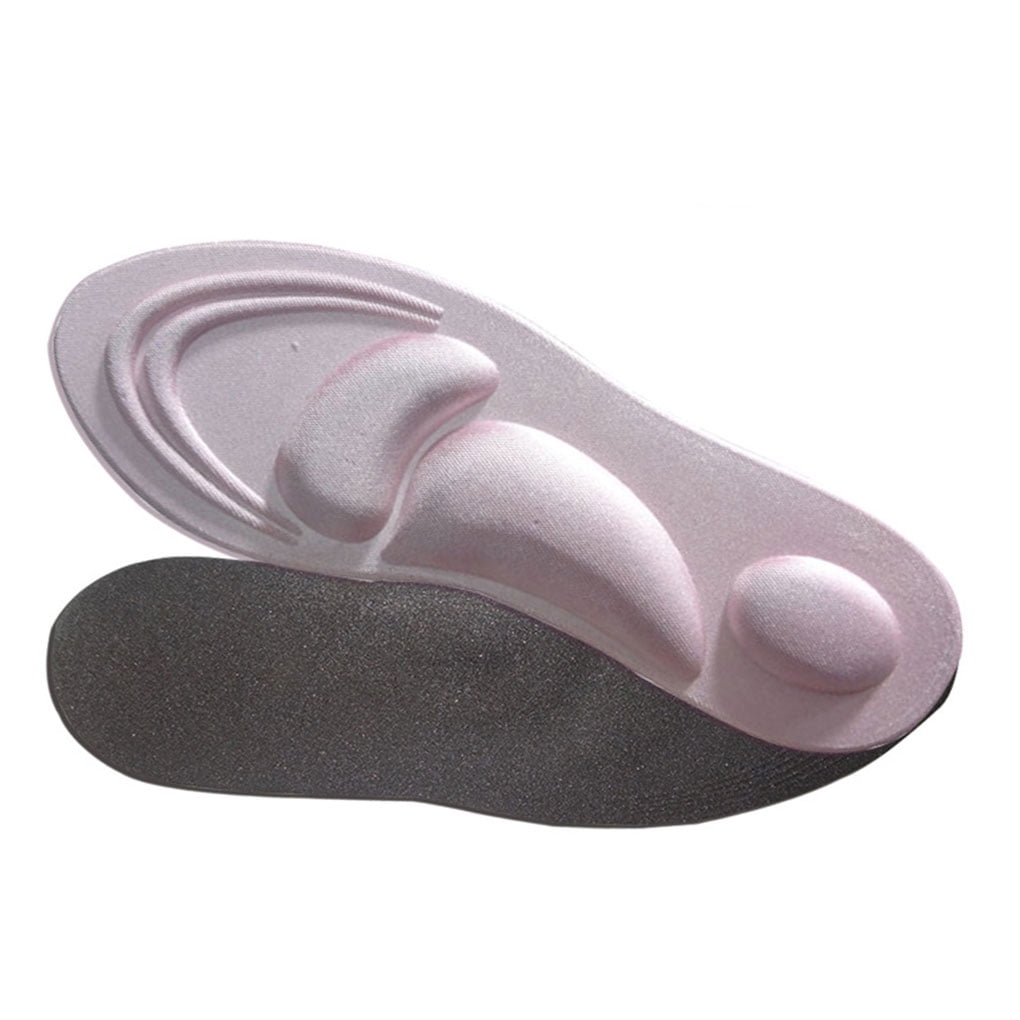

Runners with flat feet may have tried stability shoes with posts in the arches and an internal or external heel counter to prevent overpronation. However, even then, it can be tricky because your arches may be different from foot to foot. For someone with flat feet, that means a lower arch than usual. The key is to find a shoe with an insole that fits the natural arch of your foot. Many people have flat feet and never experience pain, while others struggle to find shoes that don’t make overpronation worse. However, even people with an average arch can experience foot pain due to overuse or other stress on the feet.įlat feet typically overpronate, meaning the foot rolls inward toward the ankle as weight transfers from the heel to the toes. People at either end of the spectrum, high or low, often experience pain because of how their arches distribute weight and absorb shock.

Take a look at the arch area of the footprint. The shape of the footprint tells you what you need to know. With your bare feet, step in wet sand or get your barefoot wet and step on the sidewalk. There are studies that offer the angle of the arch that’s considered normal, but you can get a good idea of your arch type by looking at your footprint. Arches are typically divided into one of three categories-low, average (normal), and high. Reducing pain begins by understanding the unique shape of your feet. Arch support insoles are one way to protect your feet while cushioning and reducing shock to the arch. While foot pain related to the arch is common, there is something you can do about it. Others develop foot pain over time for any number of reasons, including: They always experience pain due to the biomechanics of their foot and gait.

The arch is a weak point for many people. An arched that’s higher or lower than average puts you at risk for foot pain and injury. The arch acts as a shock absorber and helps you balance and provide stability.

Still at a loss for the best insoles on the market right now? Below are the best picks for flat feet, according to podiatrists’ recommendations.Sports, overuse, and long days spent on your feet can put a lot of stress on the arch. Other types of insoles that can be helpful are sensory insoles that stimulate the nerves of the feet and foot muscles, along with cushioning insoles that can be used to augment barefoot or minimalist shoes, adds Dr. If they bend in half, the insoles may be too soft and may actually contribute to foot and ankle instability, instead of fixing it. You want something that’s semirigid-you should not be able to bend them in half. “For over-the-counter insoles, one should look for insoles with a heel cup and stabilizing post (or support under the heel section),” says Dr. Orthotics or insoles are the only devices that place the foot in neutral by providing the correct tilt in the heel, as well as arch support.” She stresses that insoles (if used correctly) can provide the support needed for multiple activities and performance levels without problems. “A flat foot requires the shoe to be wide enough at the ball of the foot and supportive in the midsole or arch of the foot in order to limit the collapse of the arch. “People with flat feet often find it difficult to find shoes that are wide enough yet supportive and stable,” adds Dr. She suggests that those with flat feet use an insole in their shoes in order to help stabilize the arch in the feet. The foot arch appears collapsed and the foot becomes unstable, which leads to pain in the arch ( plantar fasciitis), and often knee and back pain.” Kuizinas, “People with flat feet can develop pain in the arch or midfoot due to improper alignment and biomechanics.” She adds, "Over time, the tendons and ligaments located on the inside of the foot begin to weaken and stretch out, causing deformity of the joints that the tendons and ligaments normally stabilize. While not everybody with flat feet might need an insole, flat feet could potentially increase your likelihood of developing other, more serious issues down the line, such as bunions, calluses, shin splints, and more. However, symptoms of flat feet can include pain in the knees or hips, pain in the arches over long periods of sitting or standing, or inflammation, in which case additional help (like an insole!) might be beneficial. For most people, having flat feet doesn’t result in any underlying symptoms-nor do you need any surgical intervention for the most part, according to Dr.


 0 kommentar(er)
0 kommentar(er)
